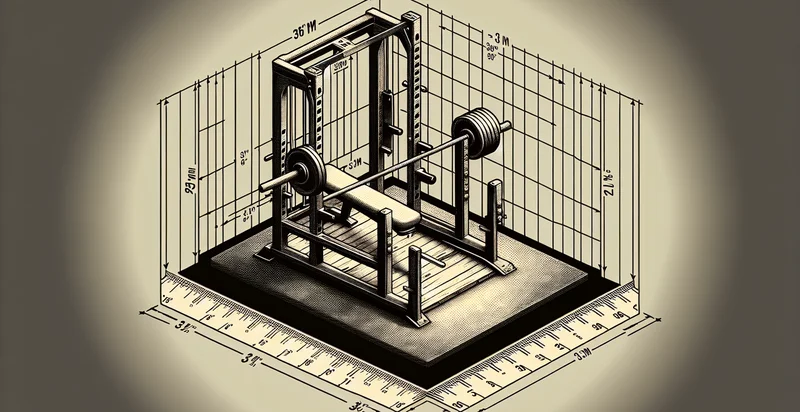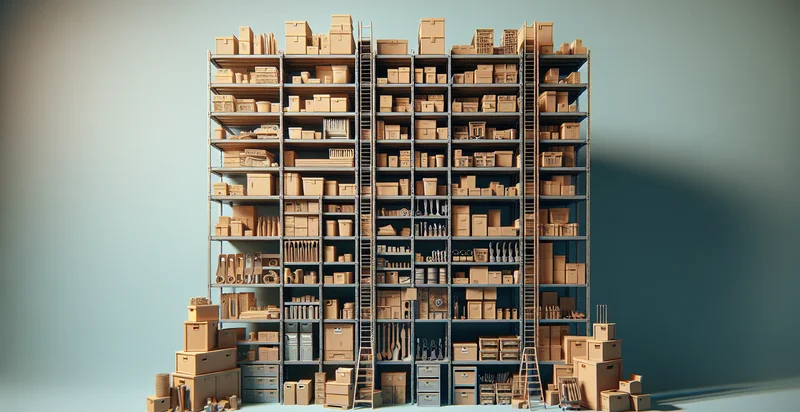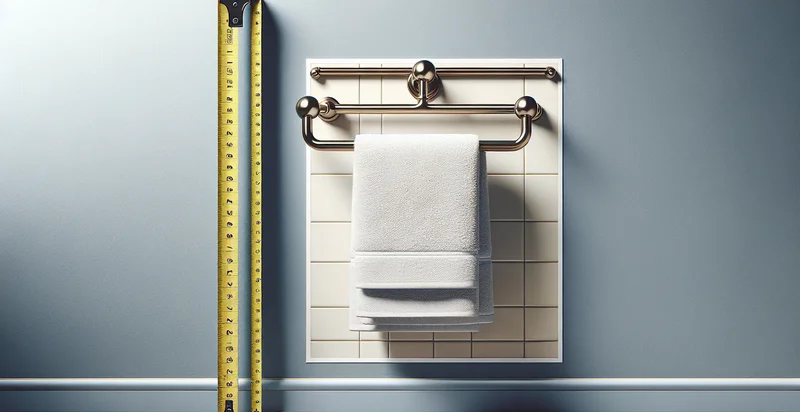Identify height of weight rack in inches
using AI
Below is a free classifier to identify height of weight rack in inches. Just upload your image, and our AI will predict the height of the weight rack in inches. - in just seconds.

Contact us for API access
Or, use Nyckel to build highly-accurate custom classifiers in just minutes. No PhD required.
Get started
import nyckel
credentials = nyckel.Credentials("YOUR_CLIENT_ID", "YOUR_CLIENT_SECRET")
nyckel.invoke("height-of-weight-rack-in-inches", "your_image_url", credentials)
fetch('https://www.nyckel.com/v1/functions/height-of-weight-rack-in-inches/invoke', {
method: 'POST',
headers: {
'Authorization': 'Bearer ' + 'YOUR_BEARER_TOKEN',
'Content-Type': 'application/json',
},
body: JSON.stringify(
{"data": "your_image_url"}
)
})
.then(response => response.json())
.then(data => console.log(data));
curl -X POST \
-H "Content-Type: application/json" \
-H "Authorization: Bearer YOUR_BEARER_TOKEN" \
-d '{"data": "your_image_url"}' \
https://www.nyckel.com/v1/functions/height-of-weight-rack-in-inches/invoke
How this classifier works
To start, upload your image. Our AI tool will then predict the height of the weight rack in inches..
This pretrained image model uses a Nyckel-created dataset and has 35 labels, including 1-3 Inches, 10-12 Inches, 100+ Inches, 13-15 Inches, 16-18 Inches, 19-21 Inches, 22-24 Inches, 25-27 Inches, 28-30 Inches and 31-33 Inches.
We'll also show a confidence score (the higher the number, the more confident the AI model is around the height of the weight rack in inches.).
Whether you're just curious or building height of weight rack in inches detection into your application, we hope our classifier proves helpful.
Related Classifiers
Need to identify height of weight rack in inches at scale?
Get API or Zapier access to this classifier for free. It's perfect for:
- Gym Equipment Safety Compliance: This classification function can help gyms and fitness centers ensure that their weight racks meet industry height standards, reducing the risk of accidents. By identifying racks that do not comply with regulations, facilities can take corrective actions before injuries occur.
- Inventory Management for Fitness Studios: Fitness studios can leverage this function to maintain an accurate inventory of their equipment. By verifying the height of weight racks, studios can ensure they possess the correct models for their space and customers, preventing overstock or equipment shortages.
- Personalized Workout Recommendations: Health and fitness apps can utilize this classification to personalize recommendations based on user preferences and physical dimensions. By analyzing the height of weight racks in relation to user sizes, apps can suggest appropriate workouts and training modifications.
- Supplier Quality Control: Manufacturers of weight racks can implement this function to ensure that their products maintain consistent dimensions. Regular checks for height compliance can improve product quality and minimize returns or dissatisfaction from gyms.
- Competitive Analysis for Fitness Brands: Fitness companies can analyze competitor products by using this classification to compare height dimensions. This data can help brands position their products better by identifying gaps in the market or customer preferences regarding weight rack designs.
- Ergonomic Design Optimization: Companies focused on ergonomics in fitness equipment can utilize this function to assess how different height variations impact user experience. By classifying racks by height, designers can make informed modifications to enhance user comfort and safety.
- Facility Space Planning: Architects and facility planners can use this classification as part of the design process for fitness areas. By considering the height of weight racks, they can optimize the layout of gym spaces to ensure safety and accessibility for all users.


